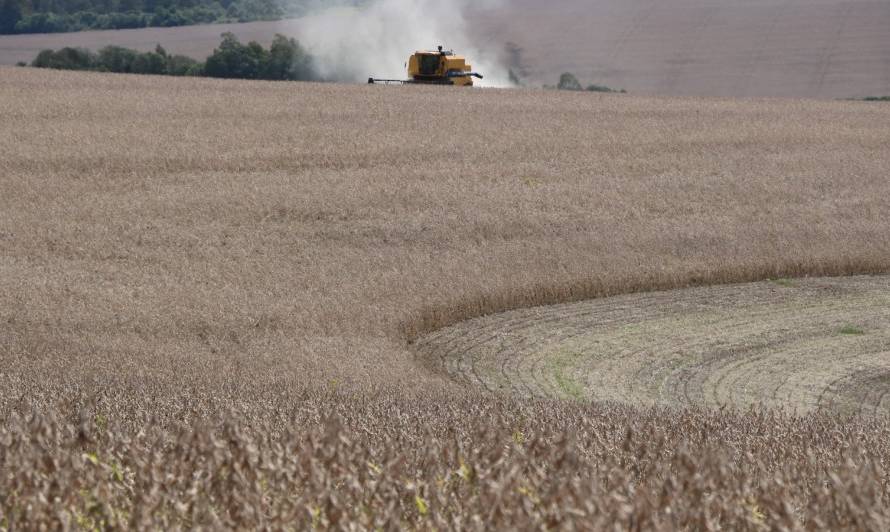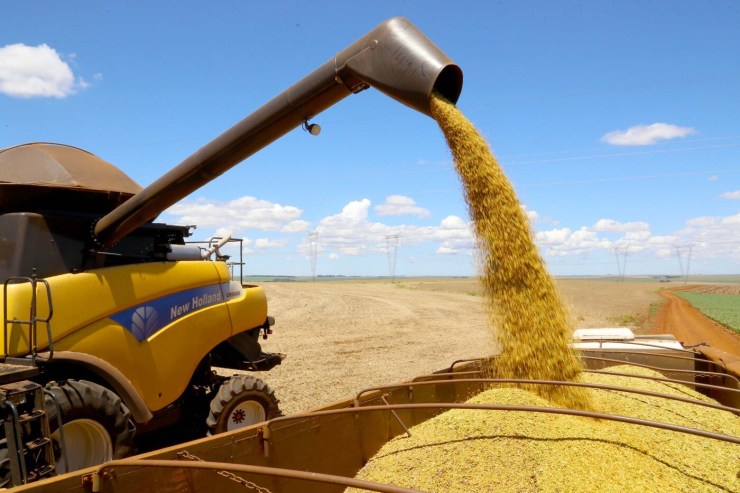The soybean and biodiesel production chain in Brazil is connected to the global geopolitical context, influencing and being influenced by trade disputes, international environmental agreements and energy policies. As the world's largest producer and exporter of soybeans in nature and with a significant share in the global supply of derivatives, Brazil plays a strategic role in supplying these commodities, especially for large economies such as China, the European Union and the United States. When determining the demand for soybeans and derivatives from Brazil, geopolitical dynamics impact the labor market in the sector, reflecting on investments, demand for labor and regional development.
 Brazilian soybeans are a strategic asset for global food security, being essential for animal and human nutrition. In recent years, trade tensions between China and the United States have strengthened Brazil's position as a supplier of soybeans to the Chinese market, boosting employment throughout the production chain, especially in the primary segment.
Brazilian soybeans are a strategic asset for global food security, being essential for animal and human nutrition. In recent years, trade tensions between China and the United States have strengthened Brazil's position as a supplier of soybeans to the Chinese market, boosting employment throughout the production chain, especially in the primary segment.
On the other hand, the growing dependence on the Chinese market increases Brazil's vulnerability to changes in trade tariffs or sanctions, impacting jobs and incomes in the production chain. In addition, the European Union's environmental policies impose restrictions on products linked to deforestation, requiring adjustments in agricultural practices to ensure competitiveness in the global market.
Biodiesel production is also part of this geopolitical context, as it relates to the global energy transition. Many countries are seeking to reduce their dependence on fossil fuels, creating opportunities for Brazil to expand its biofuel production. Policies such as mandatory blending of biodiesel with diesel and incentives for the energy transition have strengthened direct and indirect jobs in the sector.

Photo: Wenderson Araujo
Evolution of employment in the soybean and biodiesel production chain
According to Cepea data, the number of people employed in the production chain grew from 1.14 million in 2012 to 2.32 million in 2023, reflecting the expansion of production and the growing global demand for soybeans and derivatives. The agribusiness services segment was the one that grew the most in absolute terms, going from 793 thousand to more than 1.6 million people employed in the period. The primary segment (soybean cultivation) also showed significant growth, going from 214 thousand to 479 thousand jobs, driven by the expansion of the planted area and offset by the adoption of technologies that increase productivity and reduce the demand for low-skilled labor.
The formalization of employment and the increase in schooling were also notable. Information from Cepea indicates that the proportion of workers with a high school diploma increased from 39,72% in 2012 to 46,58% in 2023, while those with higher education increased from 17,37% to 26,26% in the same period. The increasing mechanization and automation of the production chain tend to reduce the demand for less qualified jobs, increasing the need for specialized professionals and reinforcing the importance of investments in education and training.
The gender distribution remained relatively stable between 2012 and 2023, with 65% of the workforce

Photos: Disclosure/OPR Archive
composed of men and 35% by women. Although female participation has remained stable, the growth in the number of women employed in this production chain reflects initiatives for inclusion in agribusiness and mechanization, which reduces the need for heavy manual labor, traditionally performed by men.
Economic policies have been key to sustaining employment in the sector. The mandatory blending of biodiesel with diesel has boosted production and generated direct and indirect jobs. In addition, incentives for biofuels promote sustainable development and the expansion of the sector. Other initiatives include strengthening logistics infrastructure and facilitating access to rural credit, allowing for more investment in technology and increased production.
Trends and challenges
The sector will continue to evolve with greater automation and digitalization, reducing the need for low-skilled labor and increasing the demand for skilled workers. The inclusion of women and young people in the labor market should also be encouraged through training and incentive programs. In terms of production, challenges include adapting to climate change and the need to ensure sustainability in agricultural expansion to meet the demands of trading partners.

Brazil is in a strategic but vulnerable position within the global geopolitics of soybean and biodiesel production. The success of the sector will depend on the country's ability to diversify markets, adapt to sustainability standards and strengthen policies to encourage skilled employment.
Employment growth in the sector reflects the dynamics of production and the adoption of technology, which generate greater demand for skilled labor and promote better wage conditions. The challenge will be to balance modernization and social inclusion, ensuring opportunities for a growing number of workers and promoting sustainable and competitive agribusiness on the global stage.





